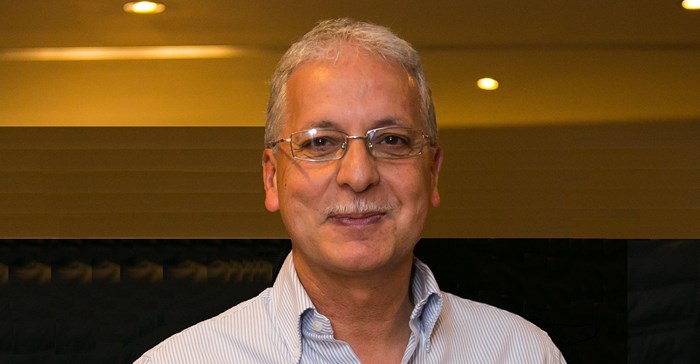
Top stories





EducationHow gender-inclusion in higher education can transform Africa’s future
Meekness Lunga-Ayidu 2 days

LegalNigeria to implement new tax laws from January 1 despite calls for delay, Tinubu says
Camillus Eboh 31 Dec 2025
More news



Mobile subscriptions have also risen globally by a staggering 90% thanks to better network coverage and affordability.
Africa’s diversity encompasses more than its landscape, it includes the political, economic, social, technological and environmental outlook, with each country and region having its own set of unique challenges and advantages.
Taking the above mentioned into account, it has become imperative for technology providers to adapt their African approach and overall strategy on a country-by-country basis, bearing in mind that the continent is made up of 54 countries and covers more than 30.3 million square kilometres (11.7 million square miles).
The spread of wireless technology across Africa is frequently hampered by regulatory barriers which make it difficult for service providers to deploy the infrastructure. However, in recent years Africa has seen the collective efforts of dedicated technology companies, businesses, policy makers and civil societies succeed in harnessing improved outcomes and laying the foundations for social, economic and industrial benefits that wireless can bring to the region.
For Africa, 2015 alone witnessed several significant milestones for internet governance and development across the continent. It marked the end of the 'millennium development goals', which have now been replaced by 'sustainable development goals' – to help bridge the digital divide across Africa. Its infrastructure and user base is continually increasing and the need to manage and synchronise the development and internet growth is becoming significantly more strategic.
However, there are still many barriers to the uptake of new technologies across the region that need to be overcome for wireless solutions to be truly adopted. There are many possible ways to ensure successful installation of wireless solutions, whatever the intended application is, but it always invariably depends on the presence of a strong and fair regulatory body.
Airwaves are a scarce resource and have to be managed properly in order to protect frequency licence owners and ensure the minimum level of disruption to their businesses. Without such a body, the wireless space will quickly become a “radio jungle” with levels of interference that defy physics and operational ambitions of the service providers, in effect resulting in nobody truly benefitting from adopting such technologies.
Adequate funding for entrepreneurs and well-established wireless operators is also lacking in Africa – and this is key to speeding up the adoption of advanced wireless technologies. This needs a liberalised banking sector, that encourages entrepreneurs and perfectly viable initiatives among the business community, as well as crystal-clear government policies aimed at nurturing the development of its digital state.
The main factors that drive the adoption of wireless technologies almost everywhere in the world is the increasing demand for smartphones and associated data traffic, as well as the desire for people and enterprises from all market sectors to stay continuously connected. Africa is no different. We expect this trend to continue well into the future, thus creating even more of a need for wireless solutions.
There are a number of vertical markets in which we have seen most recently increased activity and will accelerate in their adoption within Africa. These are the government sectors, service providers such as fixed and mobile operators, energy, transportation, and the enterprise market in more general terms. In Africa, the government sector, in particular, has experienced tremendous growth with projects related to border control and homeland security, and we expect this growth to continue growing for the foreseeable future.
We also see a huge demand for reliable internet platforms from various types of service providers wishing to replace legacy WiMAX deployments, as well as requirement for high-capacity backhauling solutions from mobile operators. The accelerating migration towards 4G/LTE mobile broadband networks is where most telecom investment in Africa will be made.
As Africa continues to take the necessary steps to building and strengthening its economy via the adoption of modern wireless technology, all the major stakeholders and businesses will continue to play a crucial role in the route Africa is taking to improve its overall economy.
Combined with the ever-increasing demand for better services, products and way of life, Africa’s shift to higher quality internet access will undoubtedly become a game changing aspect that will impact positively on various aspects from economic activity to homeland security and beyond.